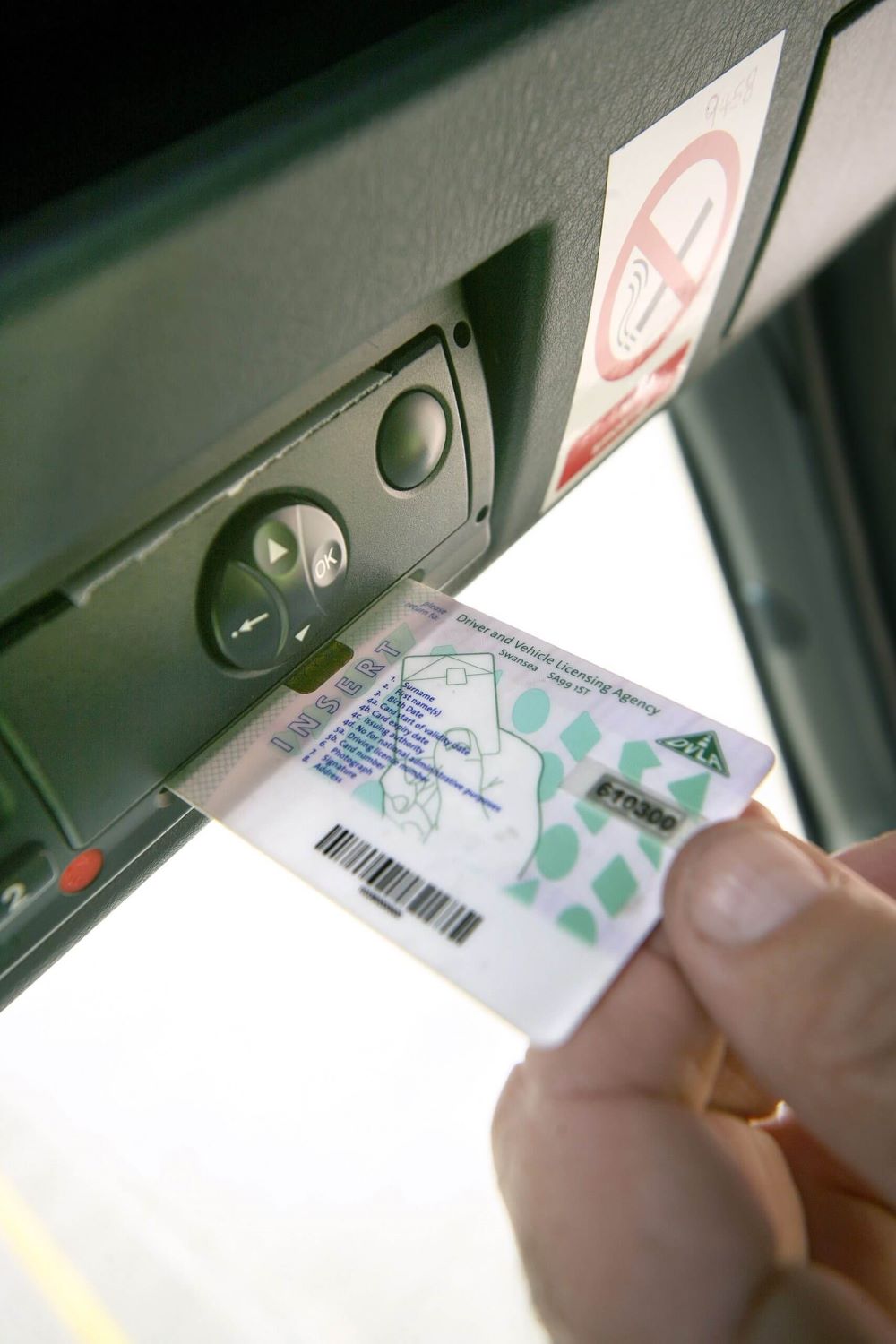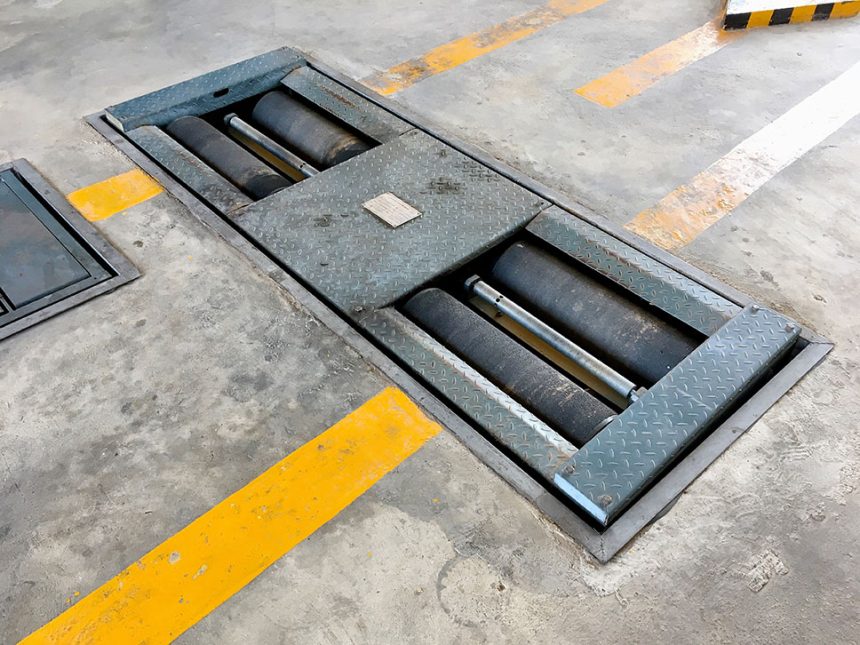The potential breaches of compliance with legislation are seemingly endless. From failure to store vehicles on authorised premises to vehicle defects and inadequate record-keeping, the problems that can lead to a meeting with the Traffic Commissioner (TC) are many and varied.
For good reason, too. Meeting the requirements to keep passengers and staff safe is understandably worth serious investment of time and money.
Meanwhile, safety is far from the only reason for legislation in the industry, with fair competition, accessibility, customer standards and emission control zones being among several considerations for operators.
Trends to note
JMW Solicitors, which has a specialist commercial road transport team, in particular highlights brake testing and driver compliance as two areas which are worthy of particular note right now.
Laura Hadzik, Head of Commercial Road Transport, JMW, says: “An operator’s brake-testing regime is a feature of every Public Inquiry — even where maintenance is not the issue that led to the Public Inquiry.
“The Guide to Maintaining Roadworthiness is clear in that every safety inspection must assess the braking performance of the vehicle and it is expected that this will be done by way of a metered brake test.”
Laura points out a change due for April 2025: “The starting point will be an expectation for a laden roller brake test at every safety inspection — unless the vehicle is fitted with an appropriate Electronic Brake Performance Monitoring System,” she says.
An operator’s brake-testing regime is a feature of every Public Inquiry – Laura Hadzik
“At Public Inquiry, the TCs are encouraging operators to adopt this position now — typically through the addition of an undertaking to the O-Licence requiring a laden roller brake test at every safety inspection.
“Equally as important as the brake testing arrangements themselves, is ensuring the brake test is properly documented, that the brake test printout is retained on the relevant vehicle maintenance file and that the Transport Manager reviews the records before they are filed to satisfy themselves that the brake test has been carried out appropriately — ‘pass’ in the context of a roller brake test does not necessarily mean ‘pass’, so Transport Managers should familiarise themselves with how to read, interpret and understand brake test print outs to identify issues such as imbalances, which might require further investigation.”
The way in which operators engage their drivers is also under close scrutiny. Laura says: “Drivers should be directly engaged by the operator as employees or workers, or as ‘temporary’ drivers through a bona fide driver agency.
“We are seeing that, as standard in all cases, DVSA and the TCs are querying whether the arrangements for engaging drivers are compliant with HMRC and the Senior TC’s guidance in this regard. Any operators found to be engaging ‘self-employed’ or ‘Ltd’ drivers are expected to regularise the position or face regulatory action.”
DVSA Earned Recognition scheme
The challenge of complying with all the various legislation is a massive one for operators. However, DVSA’s Earned Recognition scheme is one tool which is available to smooth the process.
The free-to-join scheme enables operators to share key performance indicators (KPIs) with DVSA via software. This transparent relationship means that the compliance body can focus its time on the businesses which are more likely be infringing regulations. In turn, this means potentially fewer roadside checks for the operator. The ability to use the ER logo could also be an advantage for operators seeking new contracts and helps potential customers be confident they are looking at a scrupulous business.

PSV operators with 94 O-Licences between them are now on the scheme, which is the only standard whose audit requirements are recognised by TCs.
Phil Breen, DVSA’s ER National Account Manager, says: “DVSA’s free-to-join Earned Recognition scheme is for lorry, coach and bus operators of any size. Signing up enables operators to demonstrate their commitment to compliance and road safety standards.
“Current operators have access to the Guild of British Coach Operators’ module and, if you’re just getting started, you can join the Road to DVSA Earned Recognition programme.”
Fortunately for operators, there is a range of software available to make sharing KPI data with DVSA easier. DVSA’s website provides a recommended list of companies, such as CheckedSafe, which are designed to work with Earned Recognition.
Fatigue and driving hours

When it comes to tracking driving hours and managing compliance, driver fatigue is a serious risk, leading to slower reaction times and potential accidents. Laws like drivers’ hours legislation and Working Time Directive are in place to protect drivers and the public.
Laura notes drivers’ hours infringements are on the rise. “In the context of drivers’ hours, we have seen an increase this year in the number of cases involving coach operators and a failure by drivers to appropriately record their positioning journeys,” she says.
It is recognised that managing these regulations with paper logs can be a logistical nightmare and is prone to errors. Accurate record-keeping is crucial but often cumbersome. Paper logs are not only inefficient but also susceptible to mistakes or manipulation — and the consequences of non-compliance are severe.
It’s not uncommon to hear news stories about Transport Managers facing prison sentences and revocation of O-Licences for failing to stay compliant. This puts significant pressure on fleet operators to get it right.
However, advancements in technology can simplify compliance with regulations. CheckedSafe, one of the UK’s leading compliance and fleet management systems, is offering a solution.
A new addition to its platform aims to simplify compliance by digitising the tracking process, eliminating paper records and reducing errors. The feature provides a real-time dashboard that monitors driving hours and rest periods, encouraging compliance with the law.
CheckedSafe’s app offers real-time alerts for potential breaches, allowing for immediate action.
It also enables fleet managers to generate detailed compliance reports at the touch of a button, designed to make internal audits and external inspections straightforward and stress-free.
While CheckedSafe’s latest development is a step forward, it’s part of a broader movement to use technology to make fleet operators’ lives easier in an increasingly complex regulatory landscape.
The future of fleet management is here, and it’s all about utilising technology to enhance safety, compliance, and efficiency – Gary Hawthorne
Gary Hawthorne, Co-founder and Director at CheckedSafe, says: “Ultimately, what we’re doing is making the roads safer places to be. Whether that’s by changing driver behaviour or ensuring fleet operators are compliant, we exist to make life safer and simpler.
“It feels like every other week we hear stories of road transport or haulage companies being fined for deliberately manipulating driving hours figures. It isn’t fair to the companies that do things by the book, and it isn’t fair to the public who rely on us and expect our roads to be safe.
“As CheckedSafe prepares to launch this new feature, we encourage fleet operators to stay informed and consider how such innovations can benefit their operations. The future of fleet management is here, and it’s all about utilising technology to enhance safety, compliance, and efficiency.”



























